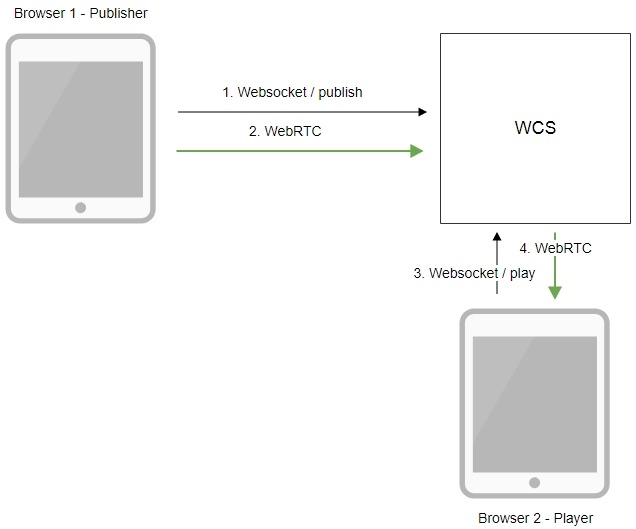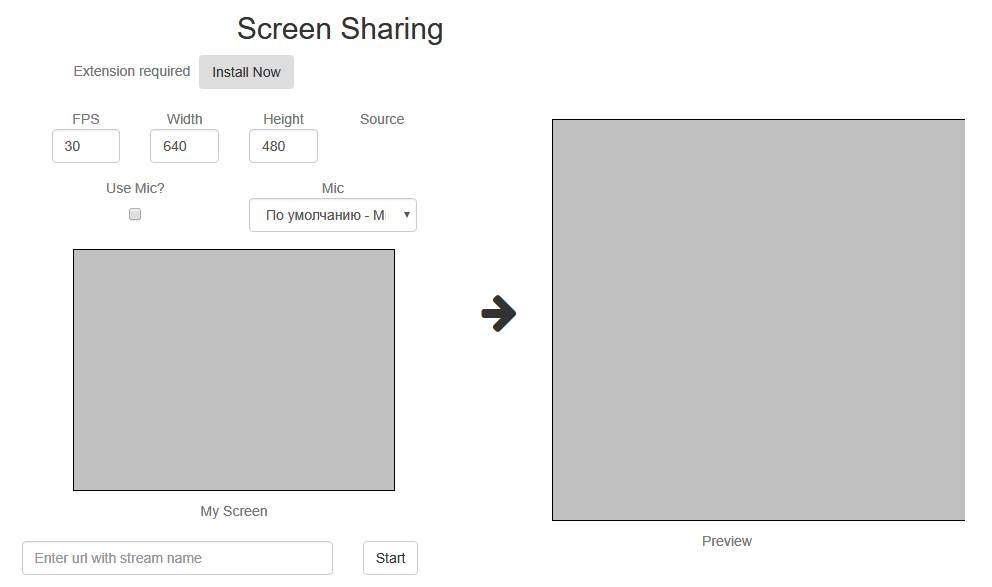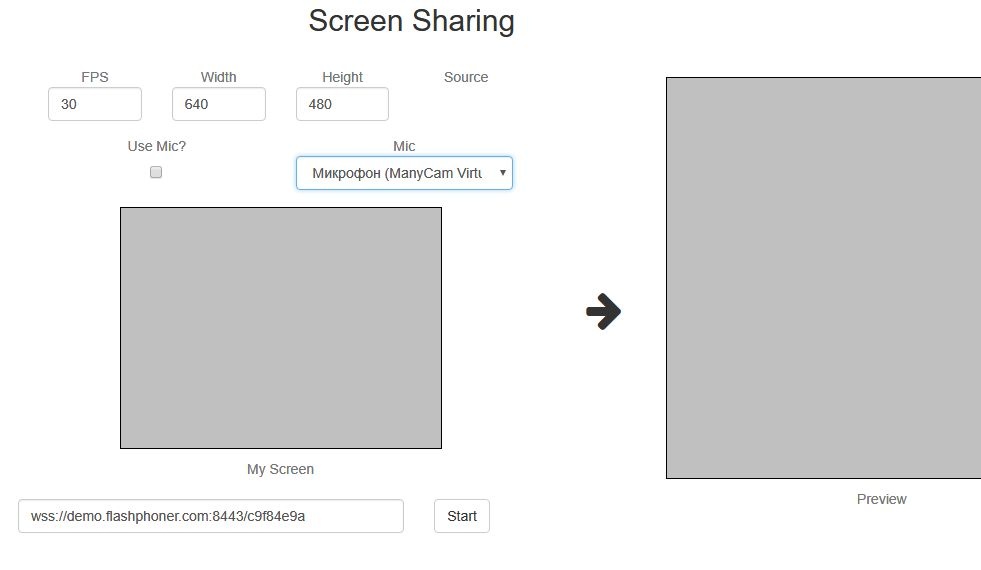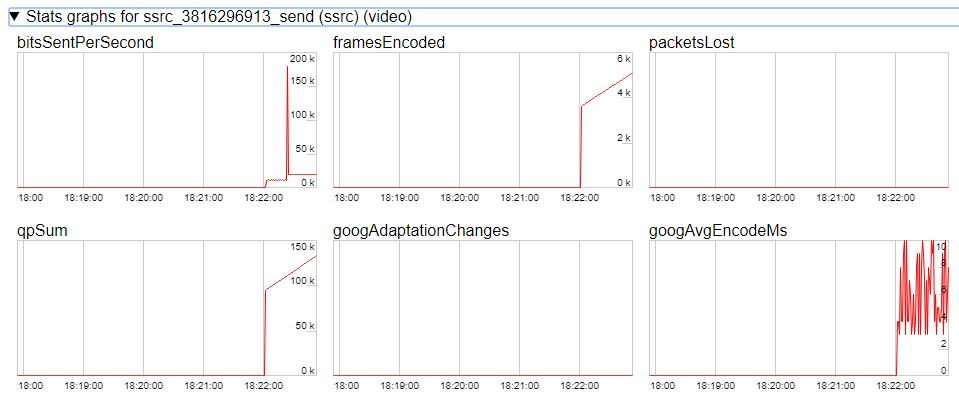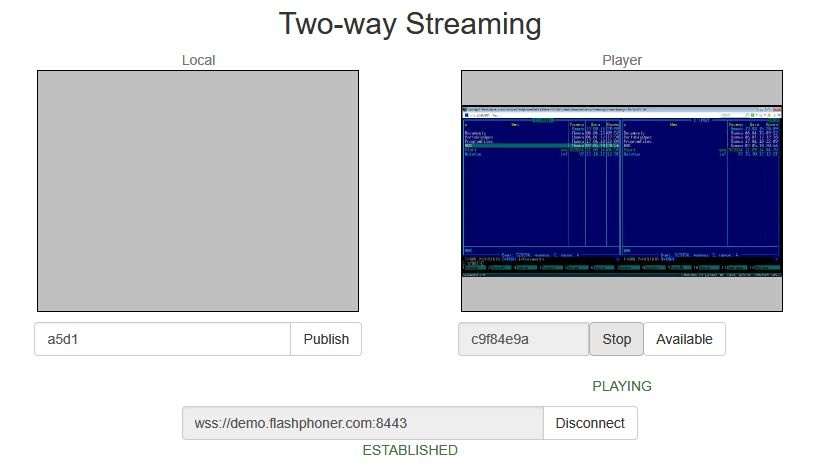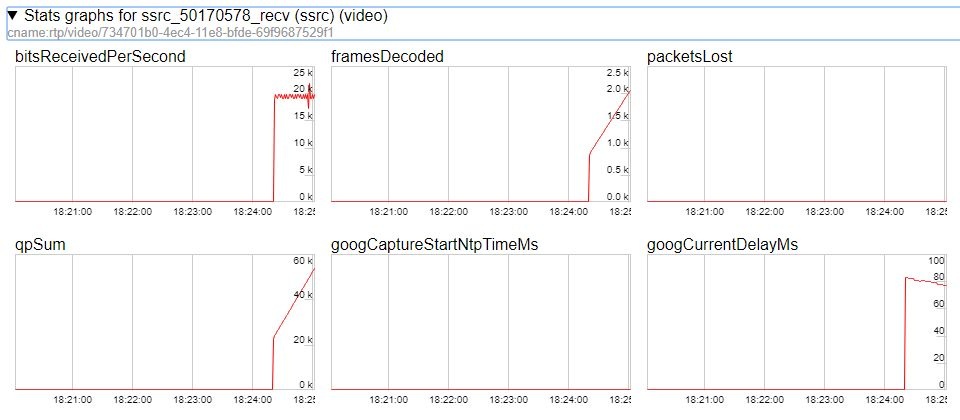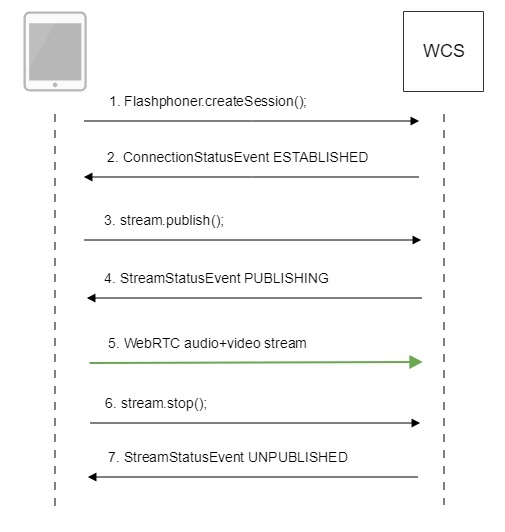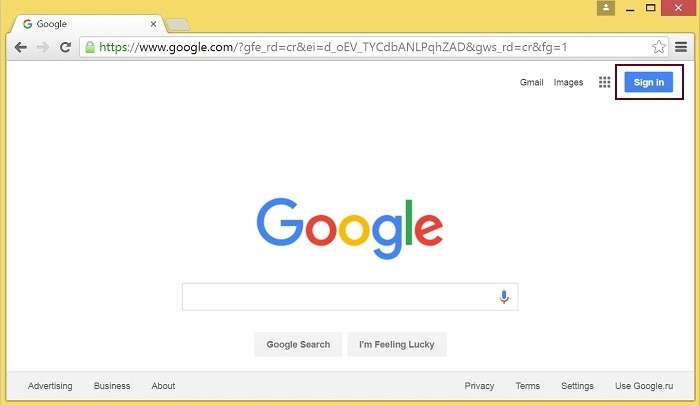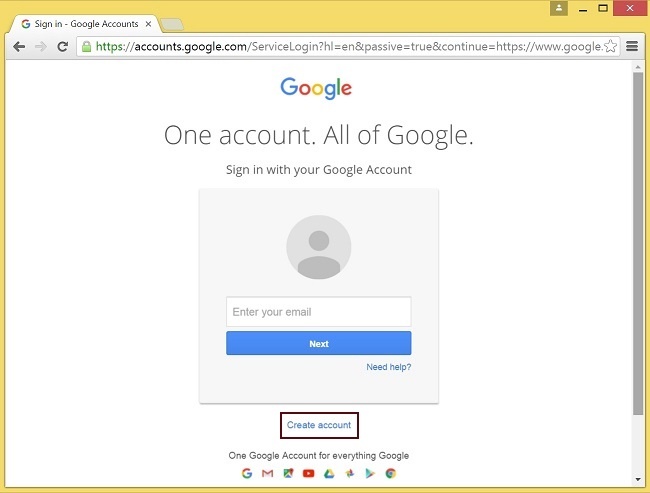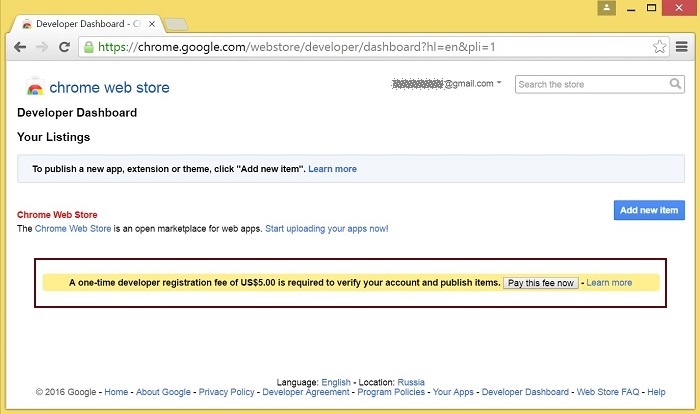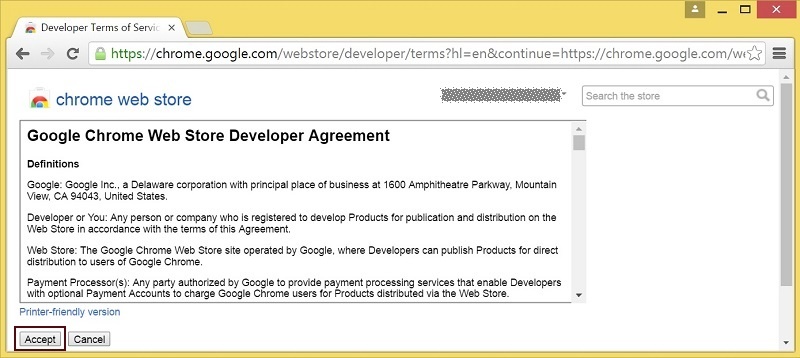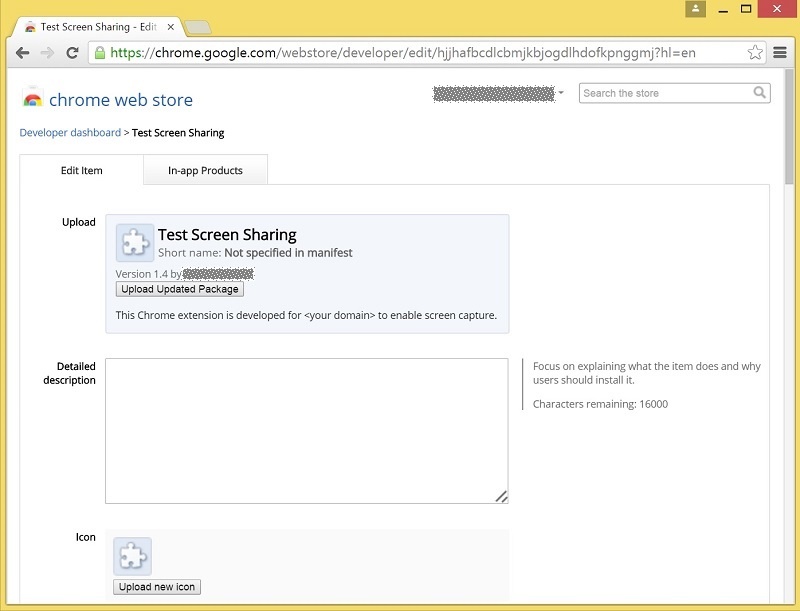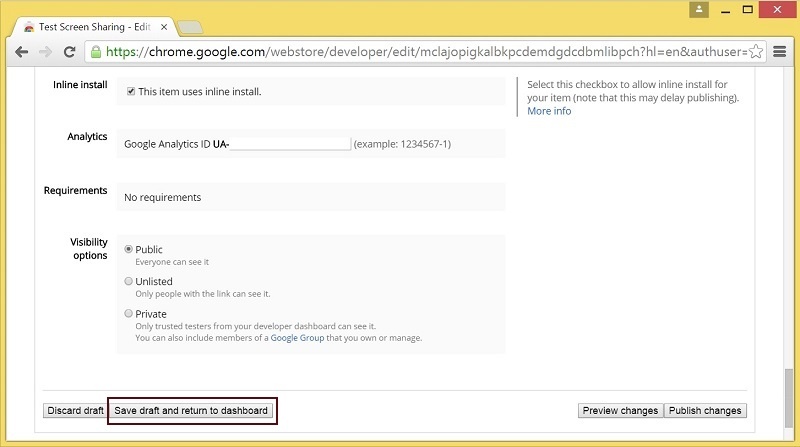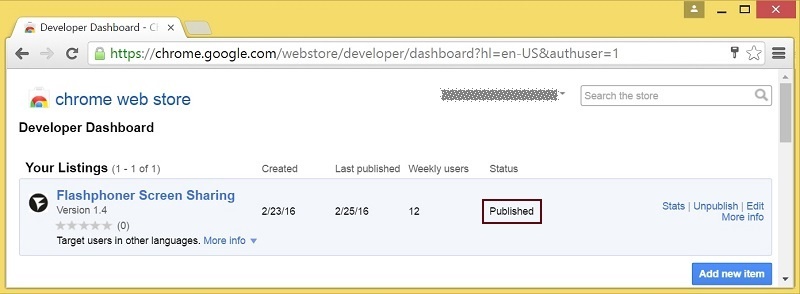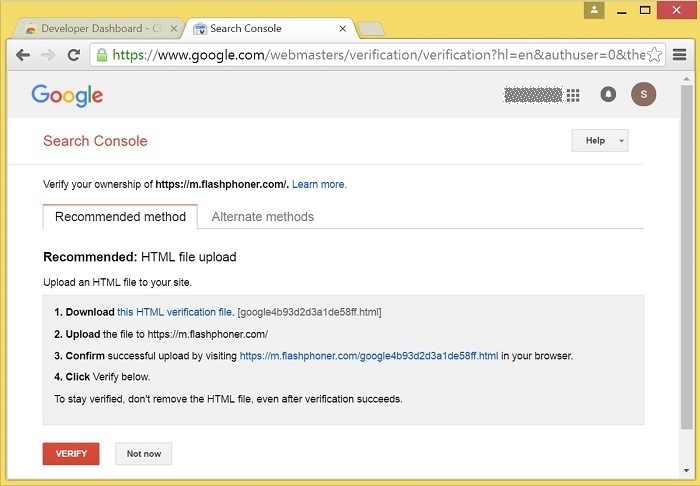Overview
Supported platforms and browsers
Chrome | Firefox | |
|---|---|---|
Windows | + | + |
Mac OS | + | + |
Operation flowchart
1. The browser establishes a connection to the server via the Websocket protocol and sends the publish command.
2. The browser captures the screen and sends a WebRTC stream to the server.
3. The second browser establishes a connection also via Websokcet and sends the play command.
4. The second browser receives the WebRTC stream and plays the stream on the page.
Quick manual on testing
Capturing a video stream from the computer screen and preparing for publishing
1. For the test we use the demo server at demo.flashphoner.com and the Screen Sharing web application in the Chrome browser
https://demo.flashphoner.com/client2/examples/demo/streaming/screen-sharing/screen-sharing.html
2. Install the required extension by clicking the "Install Now" button
3. Click the "Start" button. The extension asks for permission to access the screen, and screen capturing starts, then the stream is prepared for publishing:
4. Make sure the stream is sent to the server and the system operates normally in chrome://webrtc-internals
5. Open Two Way Streaming in a new window, click Connect and specify the stream id, then click Play.
6. Playback diagrams in chrome://webrtc-internals
Call flow
Below is the call flow when using the Screen Sharing example
1. Checking if the extension install is required
Browser.isFirefox(), Browser.isChrome(); code
if (Browser.isFirefox()) {
$("#installExtensionButton").show();
...
} else if (Browser.isChrome()) {
$('#mediaSourceForm').hide();
interval = setInterval(function() {
chrome.runtime.sendMessage(extensionId, {type: "isInstalled"}, function (response) {
. if (response) {
$("#extension").hide();
clearInterval(interval);
onExtensionAvailable();
} else {
(inIframe()) ? $("#installFromMarket").show() : $("#installExtensionButton").show();
}
});
}, 500);
} else {
$("#notify").modal('show');
return false;
}
2. Establishing a connection to the server.
Flashphoner.createSession(); code
Flashphoner.createSession({urlServer: url}).on(SESSION_STATUS.ESTABLISHED, function(session){
//session connected, start streaming
startStreaming(session);
}).on(SESSION_STATUS.DISCONNECTED, function(){
setStatus(SESSION_STATUS.DISCONNECTED);
onStopped();
}).on(SESSION_STATUS.FAILED, function(){
setStatus(SESSION_STATUS.FAILED);
onStopped();
});
3. Receiving from the server an event confirming successful connection.
ConnectionStatusEvent ESTABLISHED code
Flashphoner.createSession({urlServer: url}).on(SESSION_STATUS.ESTABLISHED, function(session){
//session connected, start streaming
startStreaming(session);
...
});
4. Publishing the stream.
stream.publish(); code
session.createStream({
name: streamName,
display: localVideo,
constraints: constraints
}).on(STREAM_STATUS.PUBLISHING, function(publishStream){
...
}).on(STREAM_STATUS.UNPUBLISHED, function(){
...
}).on(STREAM_STATUS.FAILED, function(stream){
...
}).publish();
5. Receiving from the server an event confirming successful publishing.
StreamStatusEvent, статус PUBLISHING code
session.createStream({
name: streamName,
display: localVideo,
constraints: constraints
}).on(STREAM_STATUS.PUBLISHING, function(publishStream){
...
setStatus(STREAM_STATUS.PUBLISHING);
//play preview
session.createStream({
name: streamName,
display: remoteVideo
}).on(STREAM_STATUS.PLAYING, function(previewStream){
document.getElementById(previewStream.id()).addEventListener('resize', function(event){
resizeVideo(event.target);
});
//enable stop button
onStarted(publishStream, previewStream);
}).on(STREAM_STATUS.STOPPED, function(){
publishStream.stop();
}).on(STREAM_STATUS.FAILED, function(stream){
//preview failed, stop publishStream
if (publishStream.status() == STREAM_STATUS.PUBLISHING) {
setStatus(STREAM_STATUS.FAILED, stream);
publishStream.stop();
}
}).play();
}).on(STREAM_STATUS.UNPUBLISHED, function(){
...
}).on(STREAM_STATUS.FAILED, function(stream){
...
}).publish();
6. Sending the audio-video stream via WebRTC
7. Stopping publishing the stream.
stream.stop(); code
session.createStream({
name: streamName,
display: localVideo,
constraints: constraints
}).on(STREAM_STATUS.PUBLISHING, function(publishStream){
/*
* User can stop sharing screen capture using Chrome "stop" button.
* Catch onended video track event and stop publishing.
*/
document.getElementById(publishStream.id()).srcObject.getVideoTracks()[0].onended = function (e) {
publishStream.stop();
};
...
setStatus(STREAM_STATUS.PUBLISHING);
//play preview
session.createStream({
name: streamName,
display: remoteVideo
}).on(STREAM_STATUS.PLAYING, function(previewStream){
...
}).on(STREAM_STATUS.STOPPED, function(){
publishStream.stop();
}).on(STREAM_STATUS.FAILED, function(stream){
//preview failed, stop publishStream
if (publishStream.status() == STREAM_STATUS.PUBLISHING) {
setStatus(STREAM_STATUS.FAILED, stream);
publishStream.stop();
}
}).play();
...
}).publish();
8. Receiving from the server an event confirming unpublishing of the stream.
StreamStatusEvent, статус UNPUBLISHED code
session.createStream({
name: streamName,
display: localVideo,
constraints: constraints
}).on(STREAM_STATUS.PUBLISHING, function(publishStream){
...
}).on(STREAM_STATUS.UNPUBLISHED, function(){
setStatus(STREAM_STATUS.UNPUBLISHED);
//enable start button
onStopped();
}).on(STREAM_STATUS.FAILED, function(stream){
...
}).publish();
To developer
The screen sharing function can be used to publish a video stream that demonstrates the desktop or an application window.
WCS API uses a Chrome extensions for screen sharing.
Such extensions can be customized to work with any given domain name.
To publish such an adapted extension in the internet store of the browser you need a developer account.
Developer account
Create a Google account
1. Open google.com and click the ‘Sign in’ button
2. Click the ‘Create account’ link on the ‘Sign in’ page
3. The ‘Create your Google Account’ page opens
Fill in the required fields and click ‘Next step’ to create the account
Register as a developer at Chrome Web Store
1. Log in to Chrome Developer Dashboard using the created Google account
2. Make a one-time $5 fee to confirm the account
Browser extension
Download the source code of the extension, adapt it for your own domain and publish in the browser store as described below.
Customization
Edit manifest.json file of the Chrome extension.
Change the following:
- name
- author
- description
- homepage_url
In "externally_connectable":"matches" change flashphoner.com to your own domain
Add your icons to the chrome-extension directory and edit file names in "icons" and "web_accessible_resources". (For additional information, see Manifest - Icons and Supplying Images.)
Publishing
Pack files from the chrome-extension directory to a zip file. Publish the extension:
1. Log in to Chrome Developer Dashboard
2. Click the ‘Add new item’ button
3. Accept the developer agreement
4. Choose the chrome-extension.zip file and click the ‘Upload’ button on the ‘Upload’ page
5. After the extension is uploaded, the edit item page opens. Select options you need and click the ‘Save draft and return to dashboard’ button at the bottom of the page.
6. The extension appears in the developer dashboard
To publish the extension, click the ‘Publish’ link.
The published extension will have the ‘Published’ state as shown below.
For more information, see Chrome Web Store Publishing Tutorial
Example client
Download the WCS API source from here.
A client to demonstrate screen sharing, Screen-sharing.html is in the examples/demo/streaming/screen-sharing/ folder.
Client script: screen-sharing.js
Built-in extension installing
Built-in installing allows you to initiate installing of the screen sharing extension by clicking a link on the client page.
For the built-in installing to work, the extension must be customized, published and approved.
Follow the below steps to use the client with your own extensions
Extension options
1. Select the ‘Inline Install’ option when publishing
2. Confirm and associate with the extension the website with your domain
- Click ‘Add a New Site’
- Google Search Console opens in a new tab
Enter the URL with your domain.
- A website verification page opens.
Follow the required steps and click the ‘Verify’ button.
- if verification is successful, the corresponding page opens
- The verified site appears in the list of extension options, then you can associate the extensions with that website
Configuring the client
Edit Screen-sharing.html and Screen-sharing.js
- In Screen-sharing.html the chrome-webstore-item parameter should point to your extension in the Chrome Store
- In Screen-sharing.js replace the value of the chromeScreenSharingExtensionId parameter to the ID of your extension
To get the ID of the extension, click ‘More info’ of this extension in Chrome Developer Dashboard.
Media source parameters
To configure screen media source parameters, use parameters of the Configuration object passed to the init() method upon initializing of the Flashphoner API instance.
var f = Flashphoner.getInstance(); var configuration = new Configuration(); .... configuration.screenSharingVideoWidth = 1920; configuration.screenSharingVideoHeight = 1080; configuration.screenSharingVideoFps = 10; f.init(configuration);
Parameter list
Parameter | Description |
|---|---|
screenSharingVideoWidth | Screen media source width |
screenSharingVideoHeight | Screen media source height |
screenSharingVideoFps | Screen media source framerate |
These parameters set marginal values of resolution and framerate (FPS). For instance, screenSharingVideoWidth = 1080 means the width of the source video cannot be more than 1080 pixels, but can be less. (i.e. when sending a stream of an app window that has the width of 720 pixels).
Known issues
1. If the web applicaiton is inside an iframe element, publishing of the video stream may fail.
Symptoms: IceServer errors in the browser console.
Solution: put the app out of iframe to an individual page.
2. If publishing of the stream goes under Windows 10 or Windows 8 and hardware acceleration is enabled in the Google Chrome browser, bitrate problems are possible.
Symptoms: low quality of the video, muddy picture, bitrate shown in chrome://webrtc-internals is less than 100 kbps.
Solution: turn off hardware acceleration in the browser, switch the browser of the server to use the VP8 codec.
3. All streams captured from the screen stop if any one of them stops
Symptoms: while multiple streams are captured from the screen on one tab in the Chrome browser, if one stream is stopped, all streams stop.
Solution: cache tracks by the source of the video and stop them along with the last stream that uses that source, for example:
var handleUnpublished = function(stream) {
console.log("Stream unpublished with status " + stream.status());
//get track label
var video = document.getElementById(stream.id() + LOCAL_CACHED_VIDEO);
var track = video.srcObject.getVideoTracks()[0];
var label = track.label;
//see if someone using this source
if (countDisplaysWithVideoLabel(label) > 1) {
//remove srcObject but don't stop tracks
pushTrack(track);
video.srcObject = null;
} else {
var tracks = popTracks(track);
for (var i = 0; i < tracks.length; i++) {
tracks[i].stop();
}
}
//release resources
Flashphoner.releaseLocalMedia(streamVideoDisplay);
//remove stream display
display.removeChild(streamDisplay);
session.disconnect();
};
